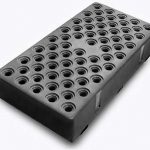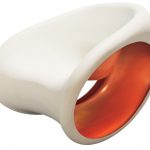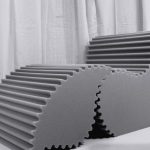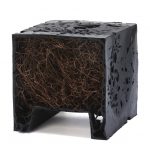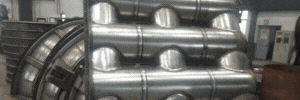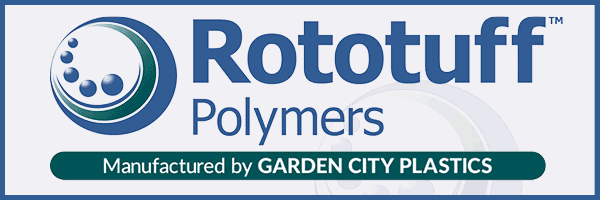The lessons learned here are only now being transferred to other technologies. In addition special types of features such as kiss-off points have been developed by rotational moulders to enhance the load carrying capacity of relatively thin walled shell-like mouldings.
Part designers must adjust to the generous radii and relatively coarse surface textures imposed by the process. Furthermore the process tends to be labour intensive and until recently the technical understanding of the process lagged behind those of other processes such as blow moulding and thermoforming. Part of the reason for this is that unlike nearly every other manufacturing method for plastic parts the rotational moulding process relies on coalescence and densification of discrete powder particles against a rotating mould cavity wall an effect that is extremely difficult to model accurately. Another part of the reason is that the process has not attracted academic interest in the same way as other processes such as compounding extrusion and injection moulding.
To add strength to the part designers can consider including kiss-offs foaming internal ribs or double walls. Most moulds use only two parts; however some designs may make multi wall moulds necessary. Product designers commonly use Finite Element Analysis to ensure a product is fit for purpose. FEA relies heavily on the information provided by material suppliers to the Engineers performing the testing.
Designing for rotational moulding is a specialist area and requires a thorough knowledge of the process and its effect on the final part. We have a great PDF resource for download full of information to help your designer get familiar with the process and another PDF for adding stiffness to your rotationally moulded part.
